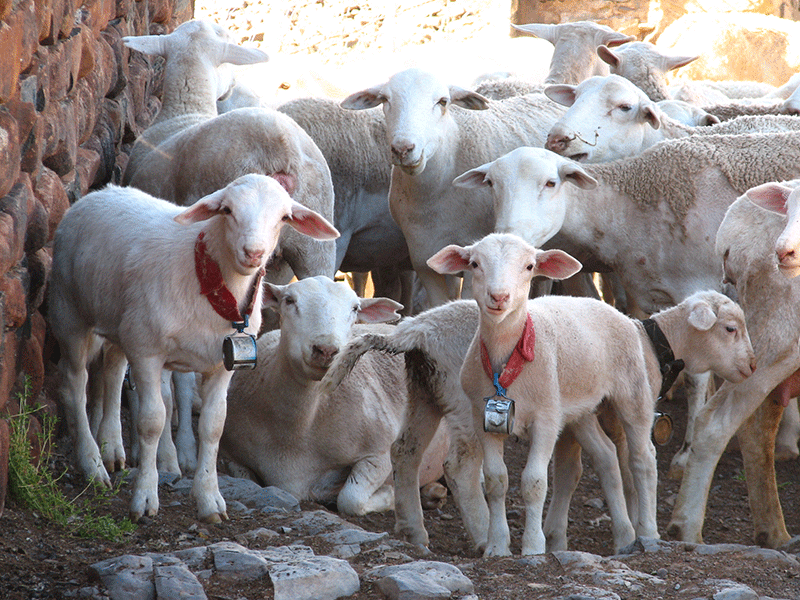Conservation
A vital element in safeguarding the long-term persistence of leopards in the Fynbos Biome is not only to ‘understand’ their ecology and behaviour, but also the habitat, the species they share that habitat with (including humans) and the threats faced by them. An understanding of these various aspects enables effective management and mitigation. The primary drivers for the decline in leopard numbers and distribution in Southern Africa are attributed to the loss and fragmentation of suitable habitat, depletion of natural prey, and direct persecution by people.
The interface between man and beast is a complex one. Adding to this complexity is that science and emotion often need to go hand in hand in finding solutions. By employing constructive solution-seeking strategies that include farmers and other affected parties, the Cape Leopard Trust is committed to finding mitigating measures to the problems of human-wildlife conflicts in our study areas.
The conservation aim of the CLT is to instruct a long-term sustainable conservation solution that would ultimately safeguard the persistence of leopards in Cape mountains and beyond. This includes working towards establishing a network of protected land and private land containing suitable leopard habitat that can be regarded as leopard and biodiversity friendly, with the ultimate goal of ensuring a balanced ecosystem and healthy habitat for the long term persistence of leopards and their prey species.


















